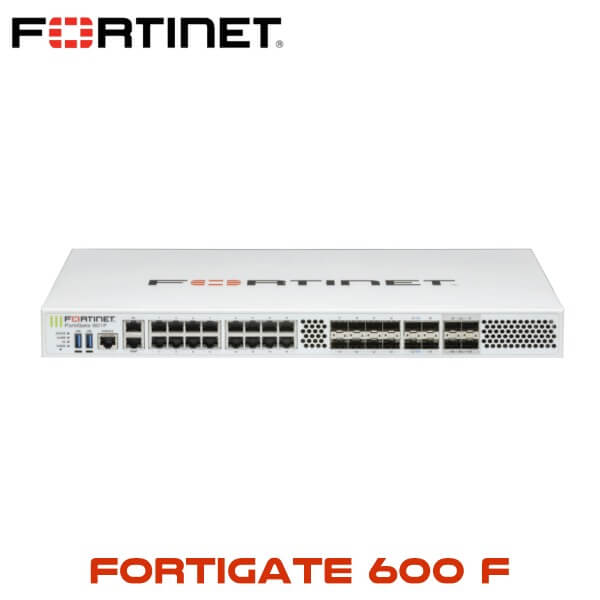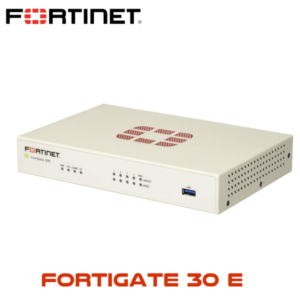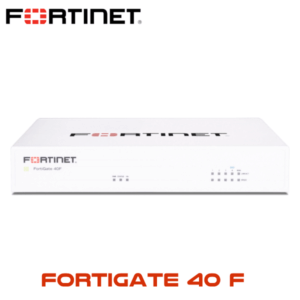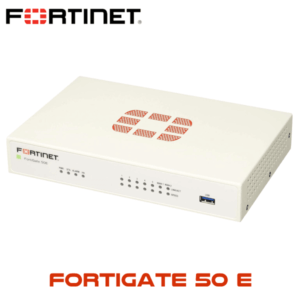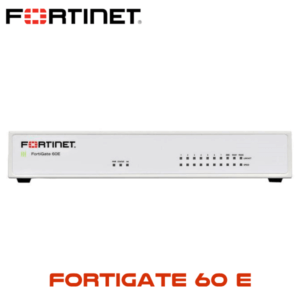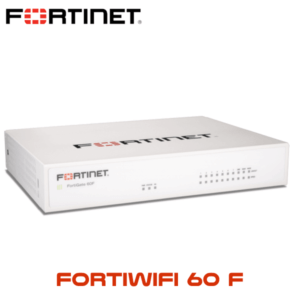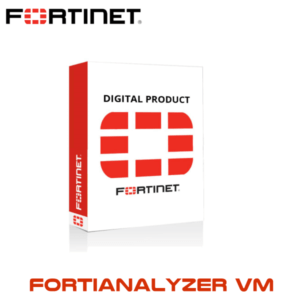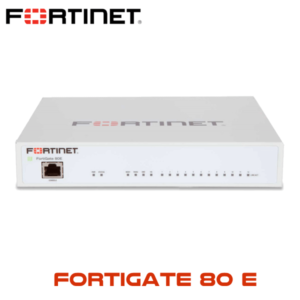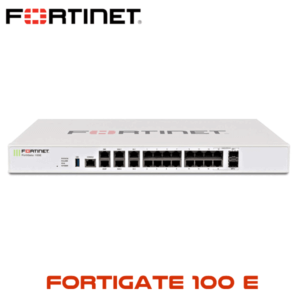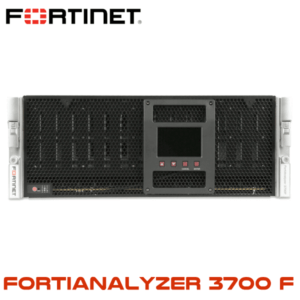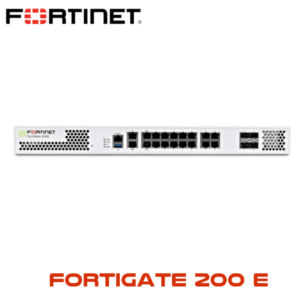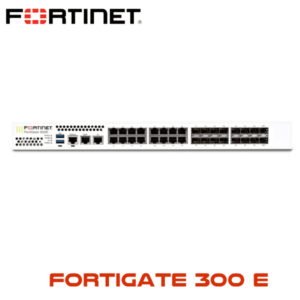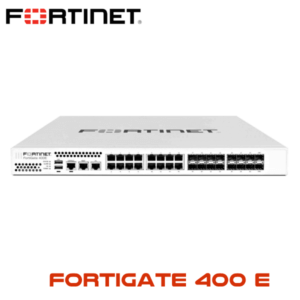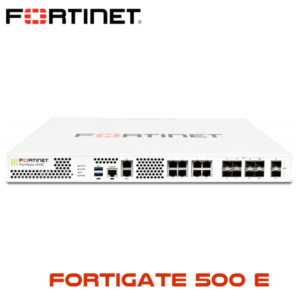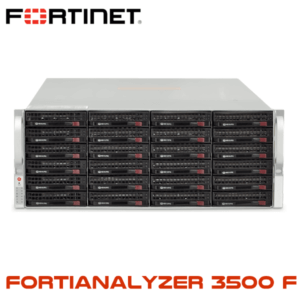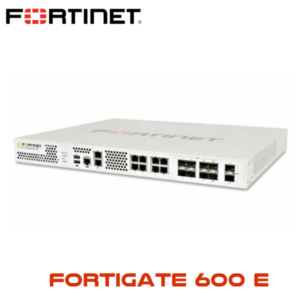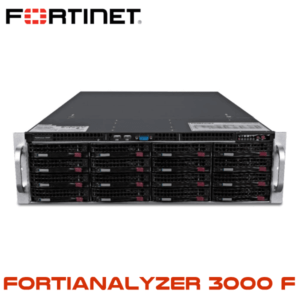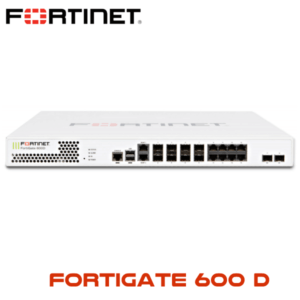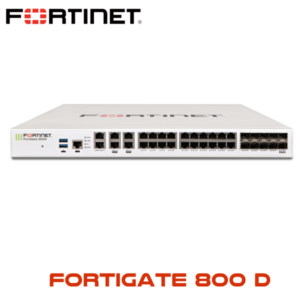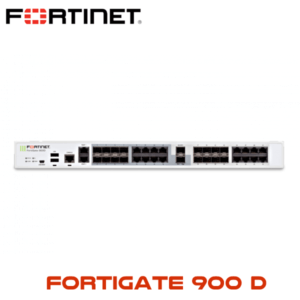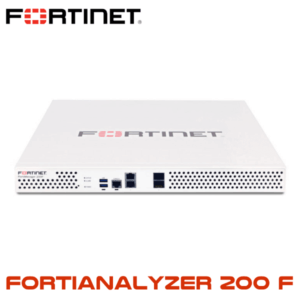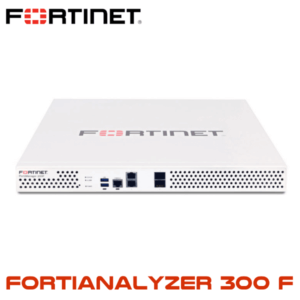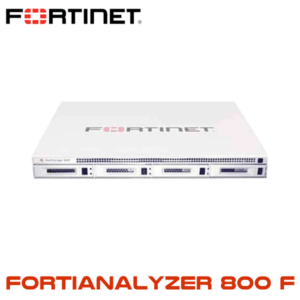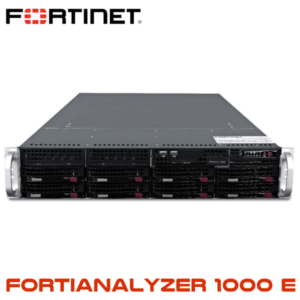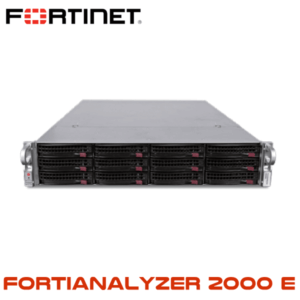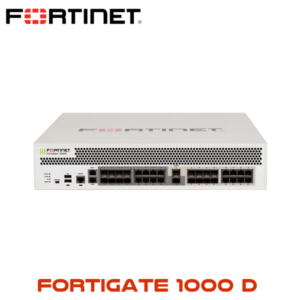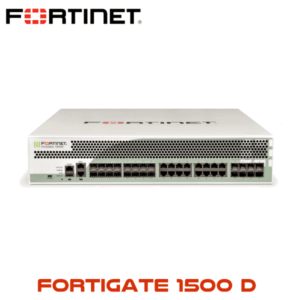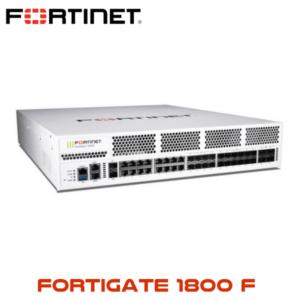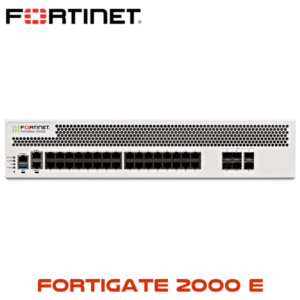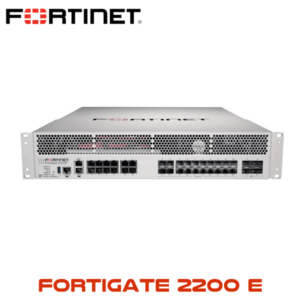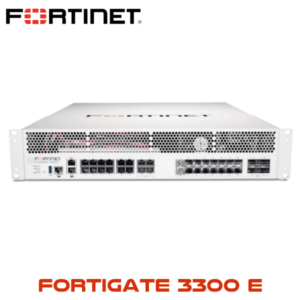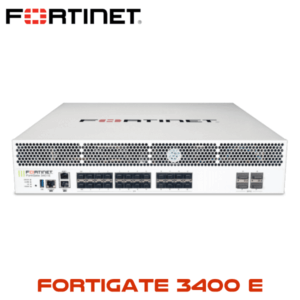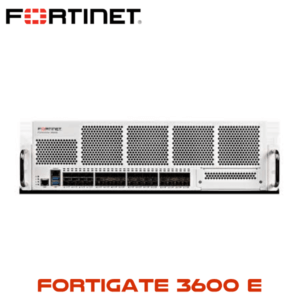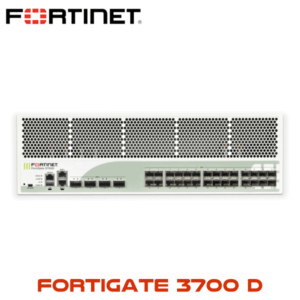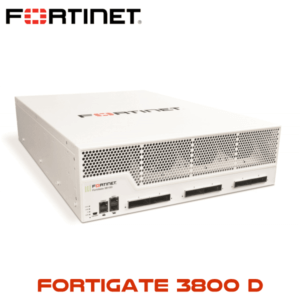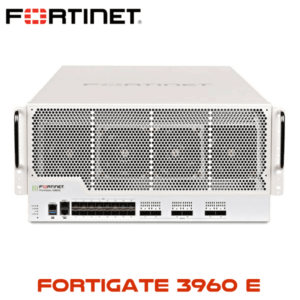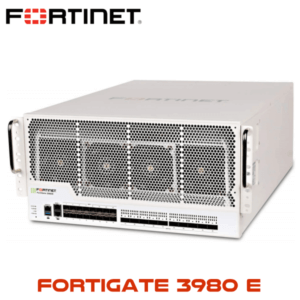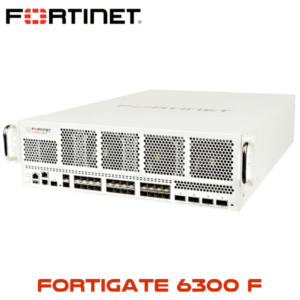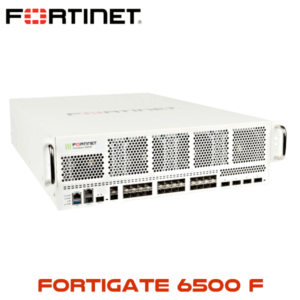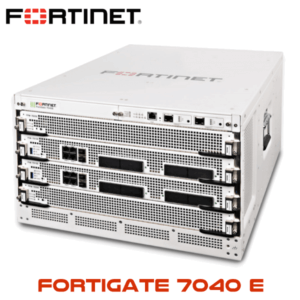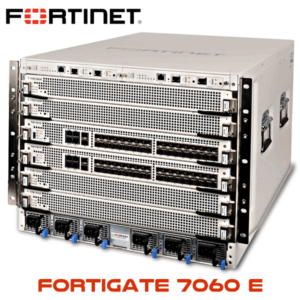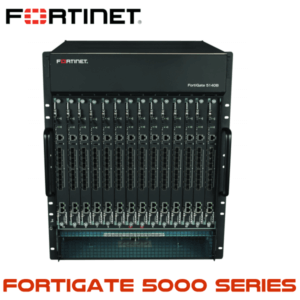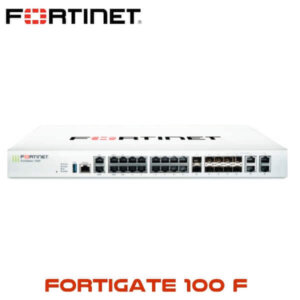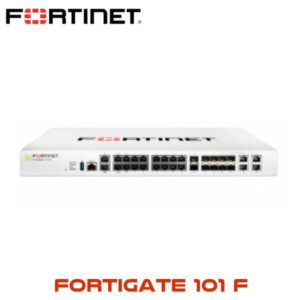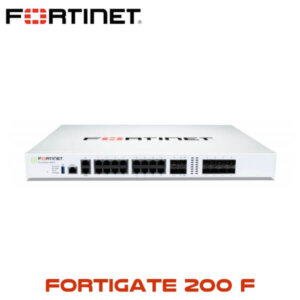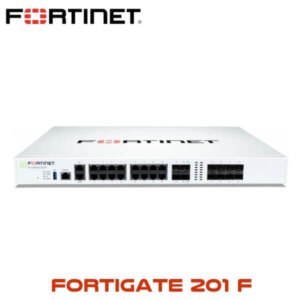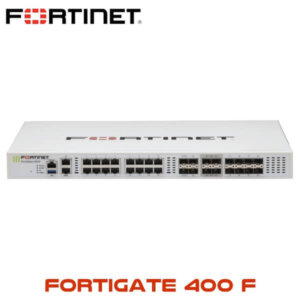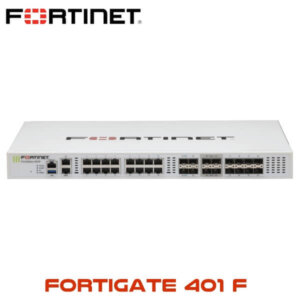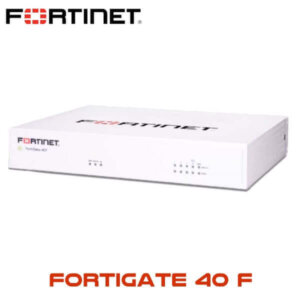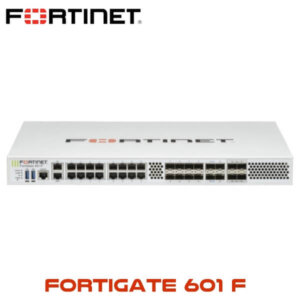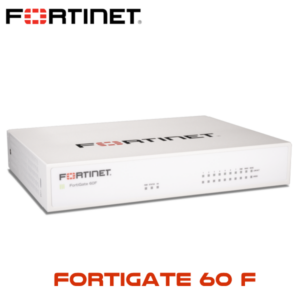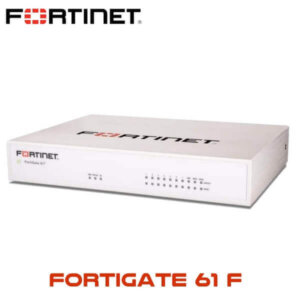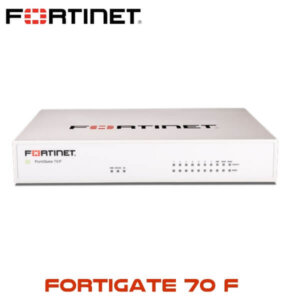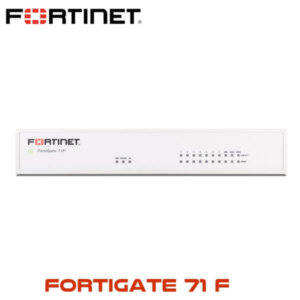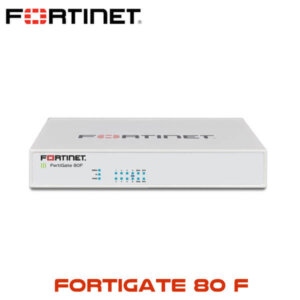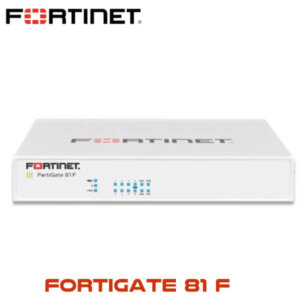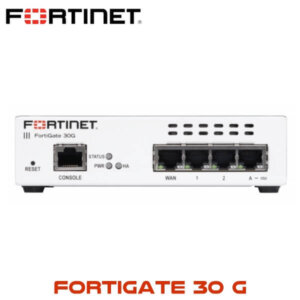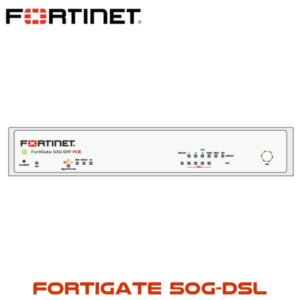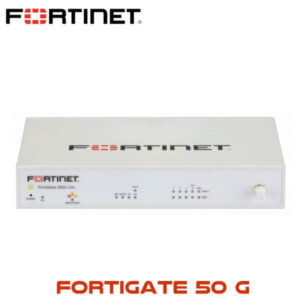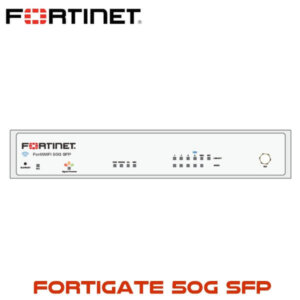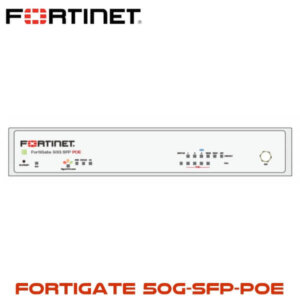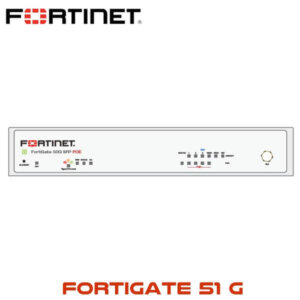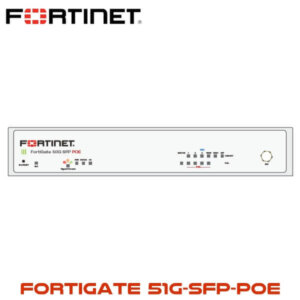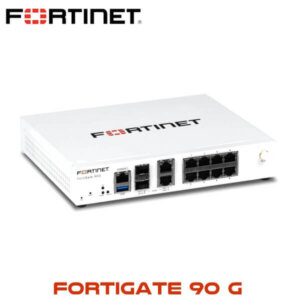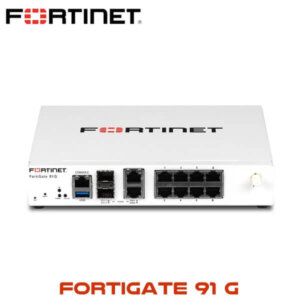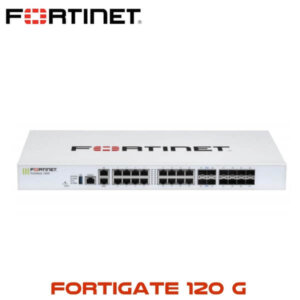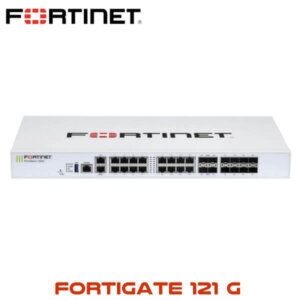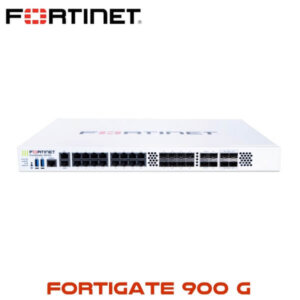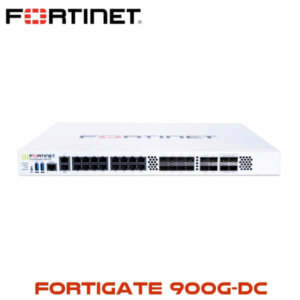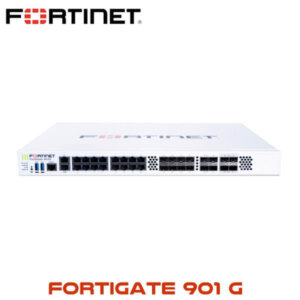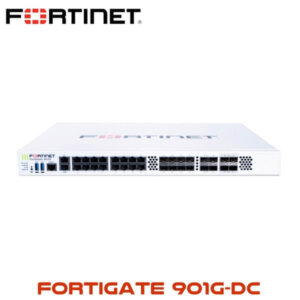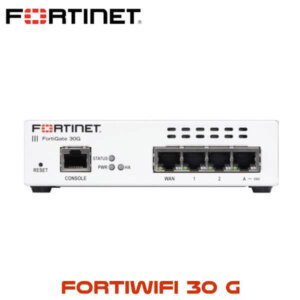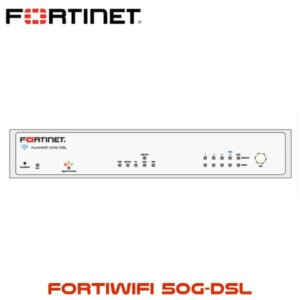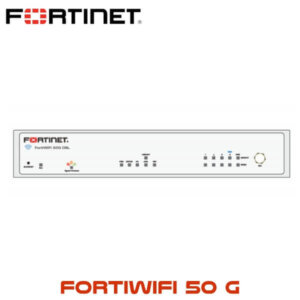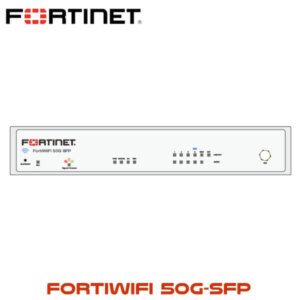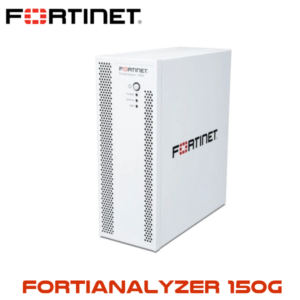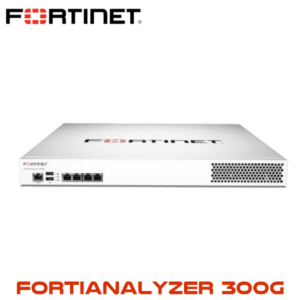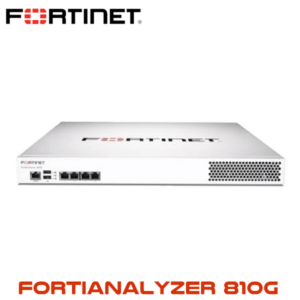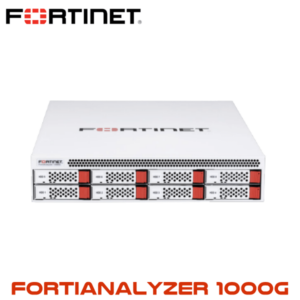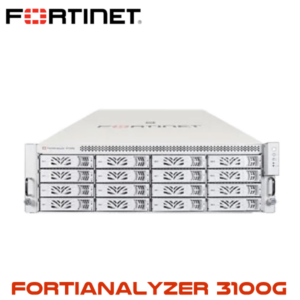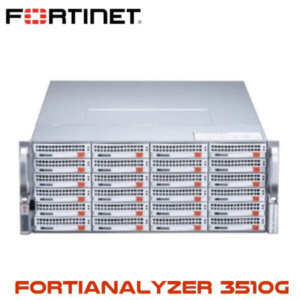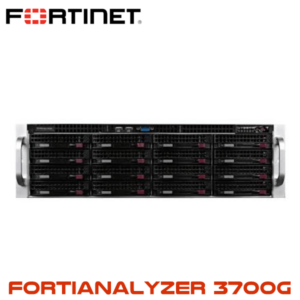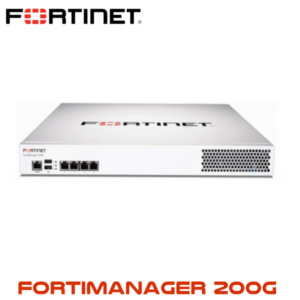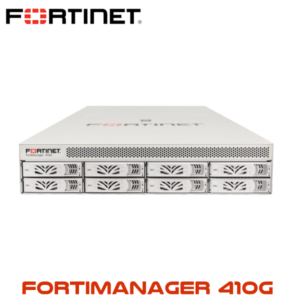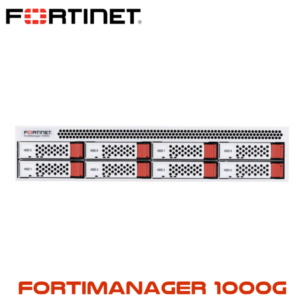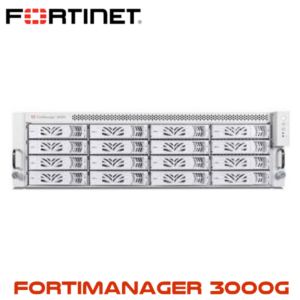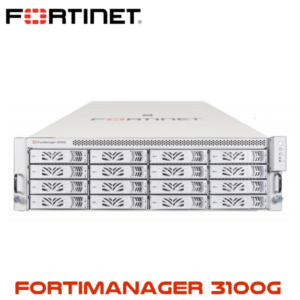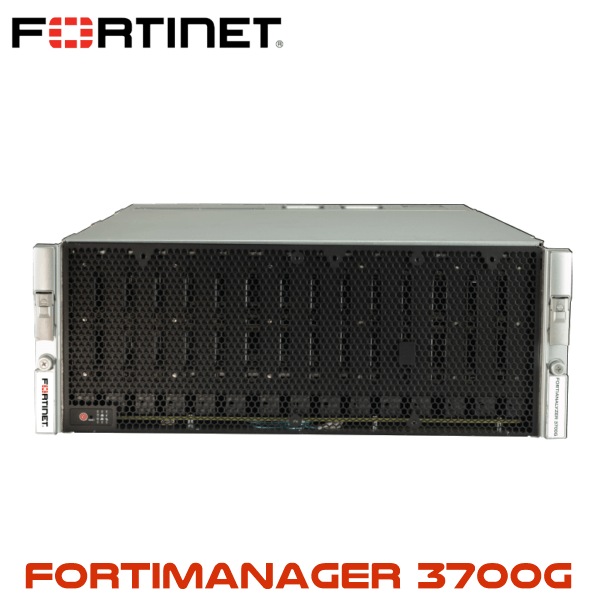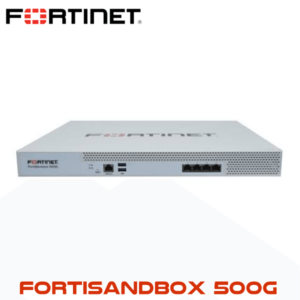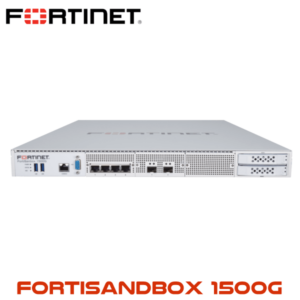Description
Fortigate600F Firewall Kenya
The Fortigate600F Kenya Next-Generation Firewall (NGFW) leverages AI-powered security and machine learning to provide comprehensive Threat Protection that can scale to meet the needs of any network size. This technology enhances network visibility, allowing for the early detection of applications, users, and devices before they pose security risks. These capabilities are made possible by a robust suite of AI and ML security features seamlessly integrated into a unified security fabric platform. The Fortigate600F Kenya offers a comprehensive, automated, and reliable secure networking solution. With the Fortigate600F Kenya, you can achieve end-to-end network security that includes advanced edge protection, such as web, content, and device security. Additionally, it streamlines complex hybrid IT networks through network segmentation and secure SD-WAN capabilities, effectively minimizing associated risks. The Fortigate600F Kenya also incorporates the Universal Zero Trust Network Access (ZTNA) functionality, which automatically manages, verifies, and facilitates user access to applications. This helps mitigate lateral threats by granting access only to verified users. Furthermore, you can experience high-speed Threat Protection and SSL Inspection at the network edge without compromising performance.
Fortigate600F Kenya Highlights
- Gartner Magic Quadrant Leader for both Network Firewalls and WAN Edge Infrastructure.
- Security-Driven Networking FortiOS delivers converged networking and security.
- State-of-the-Art Unparalleled Performance with Fortinet’s patented / SPU / vSPU processors.
- Enterprise Security with consolidated AI / ML-powered FortiGuard Services.
- Deep Visibility into applications, users, and devices beyond traditional firewall techniques.
Hardware Features
Trusted Platform Module (TPM)
The Fortigate600F Kenya features a dedicated module that hardens physical networking appliances by generating, storing, and authenticating cryptographic keys. Hardware-based security mechanisms protect against malicious software and phishing attacks.
Access Layer Security
FortiLink protocol enables you to converge security and the network access by integrating the FortiSwitch into the FortiGate as a logical extension of the NGFW. These FortiLink enabled ports can be reconfigured as regular ports as needed.
Specifications
| Interfaces and Modules | |
| Hardware Accelerated GE RJ45 Interfaces | 16 |
| Hardware Accelerated GE SFP Slots | 8 |
| Hardware Accelerated 10GE SFP+ / GE SFP Slots | 4 |
| Hardware Accelerated 25GE SFP28/ 10GE SFP+ Ultra Low Latency Slots | 4 |
| GE RJ45 MGMT/HA Ports | 2 |
| USB Ports | 2 |
| RJ45 Console Port | 1 |
| Onboard Storage | 0 |
| Included Transceivers | 2x SFP (SX 1 GE) |
| System Performance — Enterprise Traffic Mix | |
| IPS Throughput 2 | 14 Gbps |
| NGFW Throughput 2, 4 | 11.5 Gbps |
| Threat Protection Throughput 2, 5 | 10.5 Gbps |
| System Performance and Capacity | |
| IPv4 Firewall Throughput (1518 / 512 / 64 byte, UDP) | 139 / 137.5 / 70 Gbps |
| IPv6 Firewall Throughput (1518 / 512 / 64 byte, UDP) | 139 / 137.5 / 70 Gbps |
| Firewall Latency (64 byte, UDP) | 4.12 μs / 2.5 μs* |
| Firewall Throughput (Packet per Second) | 105 Mpps |
| Concurrent Sessions (TCP) | 8 Million |
| New Sessions/Second (TCP) | 550 000 |
| Firewall Policies | 10 000 |
| IPsec VPN Throughput (512 byte) 1 | 55 Gbps |
| Gateway-to-Gateway IPsec VPN Tunnels | 2000 |
| Client-to-Gateway IPsec VPN Tunnels | 50 000 |
| SSL-VPN Throughput 6 | 4.3 Gbps |
| Concurrent SSL-VPN Users (Recommended Maximum, Tunnel Mode) | 10 000 |
| SSL Inspection Throughput (IPS, avg. HTTPS) 3 | 9 Gbps |
| SSL Inspection CPS (IPS, avg. HTTPS) 3 | 7500 |
| SSL Inspection Concurrent Session (IPS, avg. HTTPS) 3 | 840 000 |
| Application Control Throughput (HTTP 64K) 2 | 32 Gbps |
| CAPWAP Throughput (HTTP 64K) | 64.5 Gbps |
| Virtual Domains (Default / Maximum) | 10 / 10 |
| Maximum Number of FortiSwitches Supported | 96 |
| Maximum Number of FortiAPs (Total / Tunnel) | 1024 / 512 |
| Maximum Number of FortiTokens | 5000 |
| High Availability Configurations | Active-Active, Active-Passive, Clustering |


